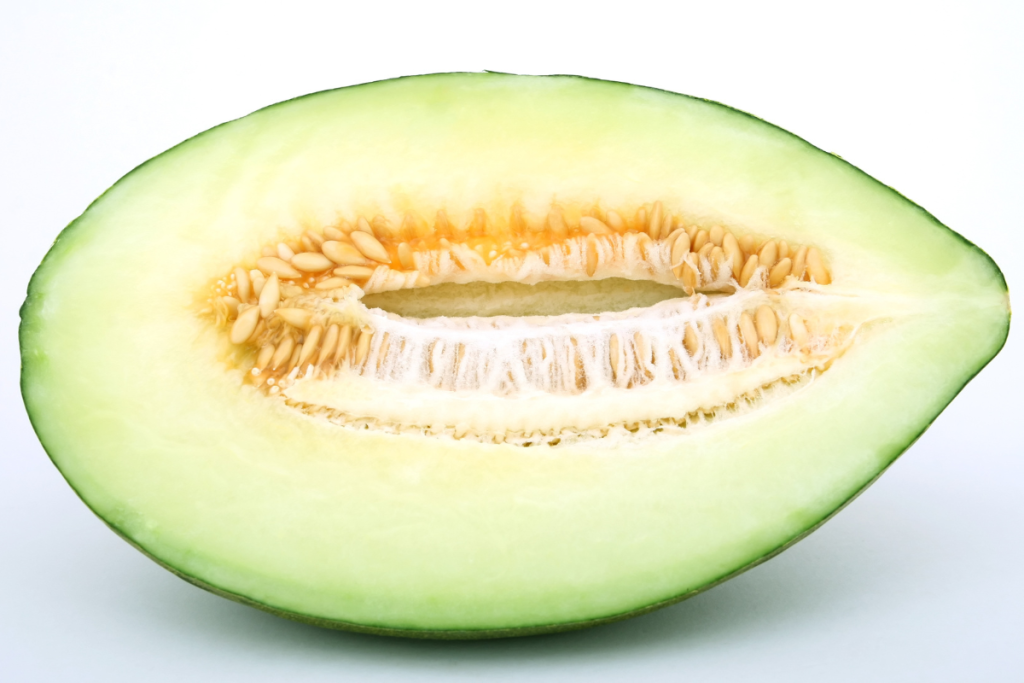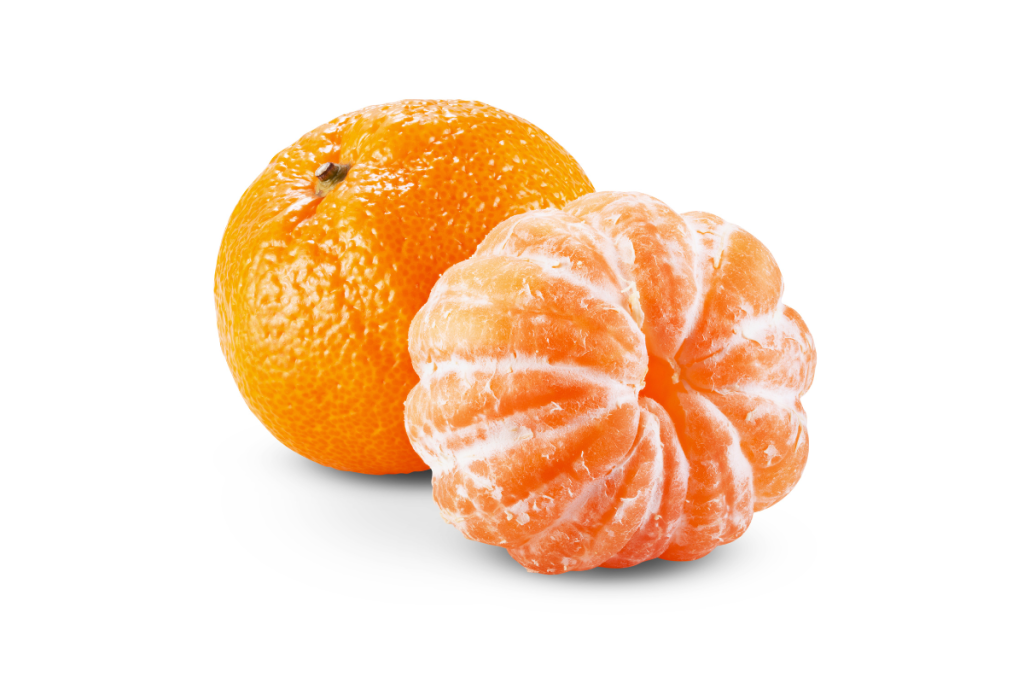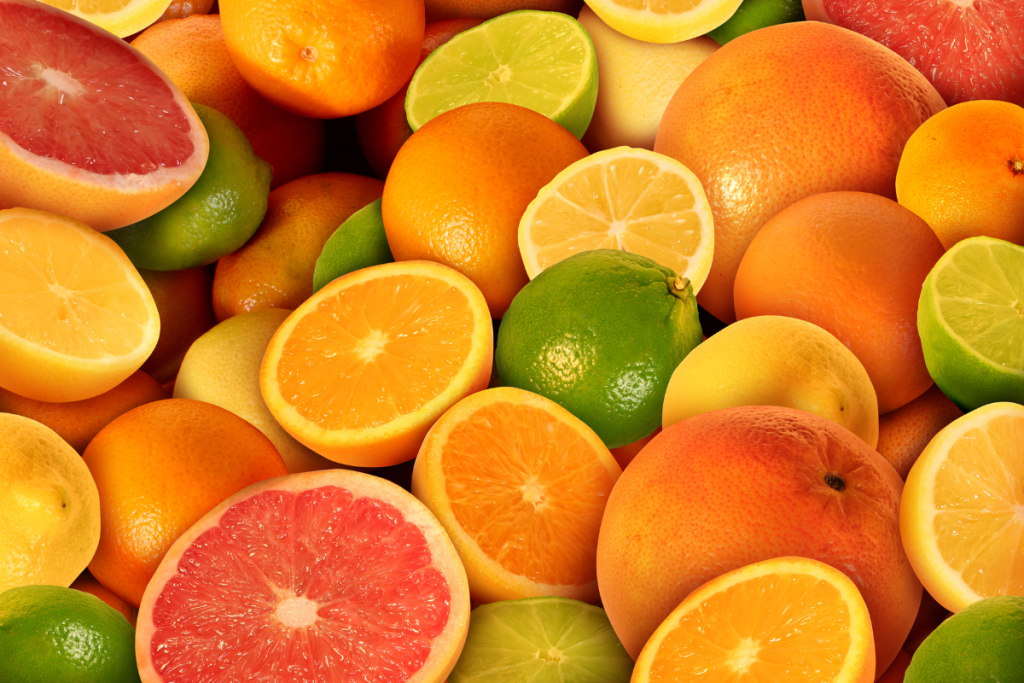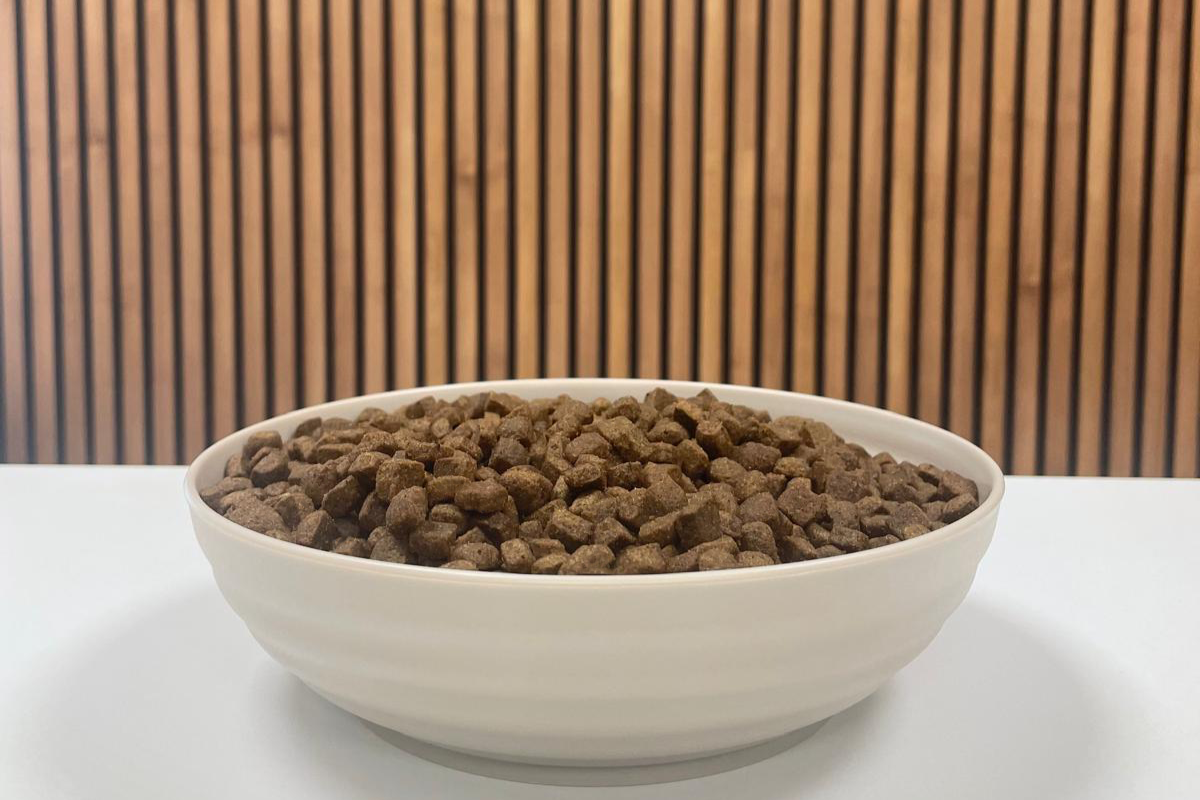Including fruits in your dog’s diet can provide nutritional benefits, as long as they are introduced properly. In this guide, we explain what fruits dogs can eat, which should be limited, and which are strictly contraindicated due to proven toxicity.
The Importance of Fruits in a Dog’s Diet
The dog (Canis lupus familiaris) is a facultative carnivore. While its primary diet should be based on animal proteins, dogs can metabolize certain carbohydrates and phytonutrients present in fruits. When properly administered, fruits provide water, dietary fiber, vitamins, minerals, antioxidants, and bioactive compounds with potential anti-inflammatory properties.
However, not all fruits are suitable for canine metabolism. Some may induce acute or chronic toxicity. Fruit inclusion should be occasional, controlled, and complementary to a complete and balanced primary diet.
What Fruits Can Dogs Eat?
The following fruits can occasionally be included in your dog’s diet. Always wash them thoroughly, remove seeds or pits, and serve in small pieces.
Apple
As long as you remove the seeds and core (which contain amygdalin that can release cyanide). Apples are rich in vitamin C and soluble fiber (pectin). They are low in fat and calories, making them ideal for overweight dogs.
Banana
Bananas are an excellent source of potassium, vitamin B6, and manganese. Due to their simple sugar content, they should be given in small amounts, especially to diabetic dogs.
Blueberries
They are rich in natural antioxidants (anthocyanins, flavonoids, and vitamin C) with anti-inflammatory activity. They are safe in small quantities as functional treats.
Melon
Melon is approximately 90% water and provides vitamins A, C, and carotenoids. Make sure to remove all seeds and avoid giving the rind.

Strawberries
Strawberries are a source of vitamin C, fiber and antioxidants like ellagic acid. Always offer them without added sugars.
Watermelon
As long as you remove the seeds and rid and serve in small portions. Watermelon is hydrating and refreshing, perfect for hot days. It also contains lycopene and vitamin A.
Pear
Always remove the seeds and core (which may contain cyanide). Pears provide fiber (especially insoluble fiber like lignin), as well as vitamins C and K.
Pineapple
In small pieces and without skin. Pineapple provides bromelain, an enzyme that may have digestive benefits, along with vitamin C and manganese.
Mango
Provided you remove the pit and peel. Mango is a source of vitamins A, C, E, and beta-carotene. The pit poses a choking hazard and contains trace cyanogenic compounds.
Kiwi
Only in small amounts. Kiwi is very high in vitamin C, but its oxalic acid and insoluble fiber content can cause digestive discomfort if overconsumed.
What Fruits Can Dogs Eat In Moderation?
These fruits are not toxic but should be given with caution due to their acidity, sugar content, or potential allergenicity.
Orange
In moderation. Oranges provide fiber and vitamin C, but their high citric acid content may cause gastrointestinal irritation. Avoid the peel and seeds.
Mandarin
In moderation. Manadarins also provide fiber and vitamin C, but the acidity can irritate the gastrointestinal tract. Always remove the peel and seeds.

Peach
The pit must always be removed, as it contains cyanogenic compounds that are toxic and can cause choking, obstruction, or intestinal perforation. Peaches provide vitamins A and C, but also contain simple sugars, so they should be given in small amounts.
What Fruits Dogs Should Not Eat?
These fruits have a proven risk of toxicity for dogs and are strictly contraindicated.
Grapes and Raisins
The exact mechanism of toxicity is still unknown, but both grapes and raisins can cause acute kidney failure, even at low doses (as little as 10-30 g/kg body weight). This is a veterinary emergency.
Cherries
Cherries contain cyanide in their pits, leaves, and stems, which is highly toxic. Additionally, the pits can cause intestinal obstructions.
Avocado
Avocado contains persin, a fungicidal toxin that can cause vomiting or diarrhea in high amounts. Its high fat content may also be harmful to dogs with lipid metabolism disorders or a history of pancreatitis.
How to Introduce Fruits into Your Dog’s Diet
Fruit introduction should be gradual, especially for dogs not used to consuming plant fiber. We recommend:
- Starting with small amounts (1-2 coin-sized pieces).
- Cutting fruit into small pieces to prevent choking.
- Removing seeds, pits, or peels that may cause digestive issues.
- Monitoring digestive response for the next 24-48 hours.
- Introducing only one new fruit per week.
- Offering only natural fruits, without added sugars or sweeteners (e.g., xylitol is highly toxic to dogs).

Recommended Fruit Portions for Dogs
Fruit should not exceed 10% of the daily caloric intake. As a general guideline:
- Small dog (5-10 kg): 1-2 tablespoons per day.
- Medium dog (10-25 kg): 2-4 tablespoons per day.
- Large dog (> 25 kg): up to ½ cup per day.
Portions should always be adjusted based on weight, age, activity level, and underlying health conditions, ideally under the supervision of a veterinary nutritionist.
Signs of Fruit Intolerance of Allergy in Dogs
Digestive and dermatological symptoms may indicate food intolerance or hypersensitivity to fruit:
- Digestive symptoms: vomiting, flatulence, diarrhea, soft stools.
- Skin symptoms: itching, redness, papules, external ear infections.
- Systemic symptoms: lethargy, refusal to eat.
If you notice any of these signs, stop offering the fruit immediately and consult your veterinarian if symptoms persist.
Balance and Variety in Canine Nutrition
Fruits can enrich the diet with functional compounds, but they should never replace primary ingredients or cause caloric or nutritional imbalances. A balanced canine diet must be based on high-quality proteins, healthy fats, digestible carbohydrates, and, occasionally, safe fruits as a complement.
Always consult a veterinarian before making significant changes to your dog’s diet.
Frequently asked questions about what fruits can dogs eat (FAQs):
Can I give my dog fruit every day?
Yes, as long as it is done in appropriate quantities, varying the safe fruits and observing how they are tolerated. It is preferable to offer them as functional treats or occasional supplements, not as a basic part of the diet. Introduce only one new fruit per week and watch for digestive or skin reactions.
What should I do if my dog has eaten a toxic fruit such as grapes or avocado?
If your dog has ingested grapes, sultanas, avocado or any contraindicated fruit, contact your veterinarian immediately, even if he shows no symptoms. Some of these fruits can cause serious reactions such as kidney or gastrointestinal failure, even if the amount consumed is small.
Can fruit be a substitute for commercial dog treats?
In part, yes. Some safe fruits such as blueberries, apple or watermelon can be used as natural and healthy treats. However, they should be given in small amounts and never exceed 10% of the daily energy requirement.


